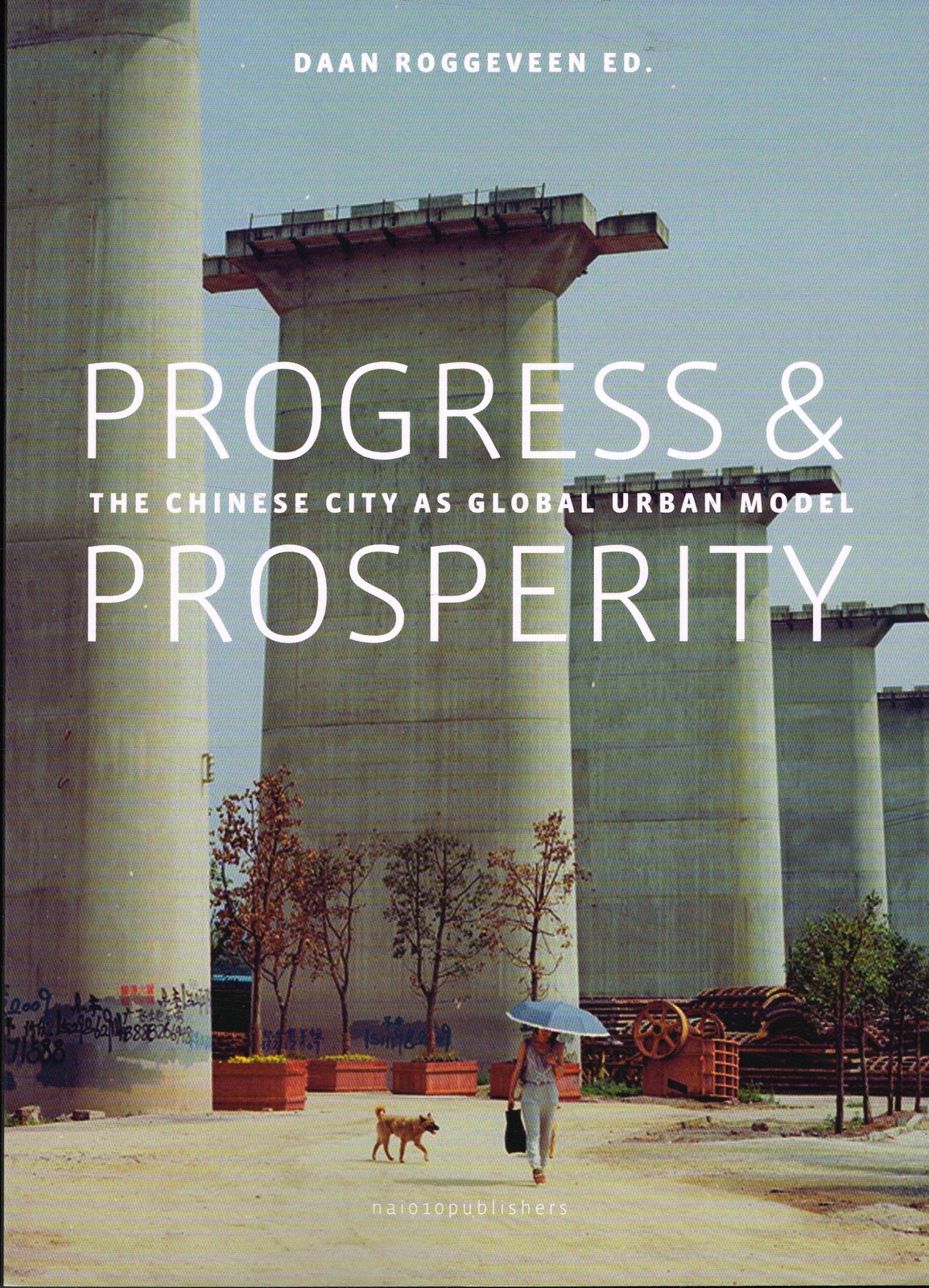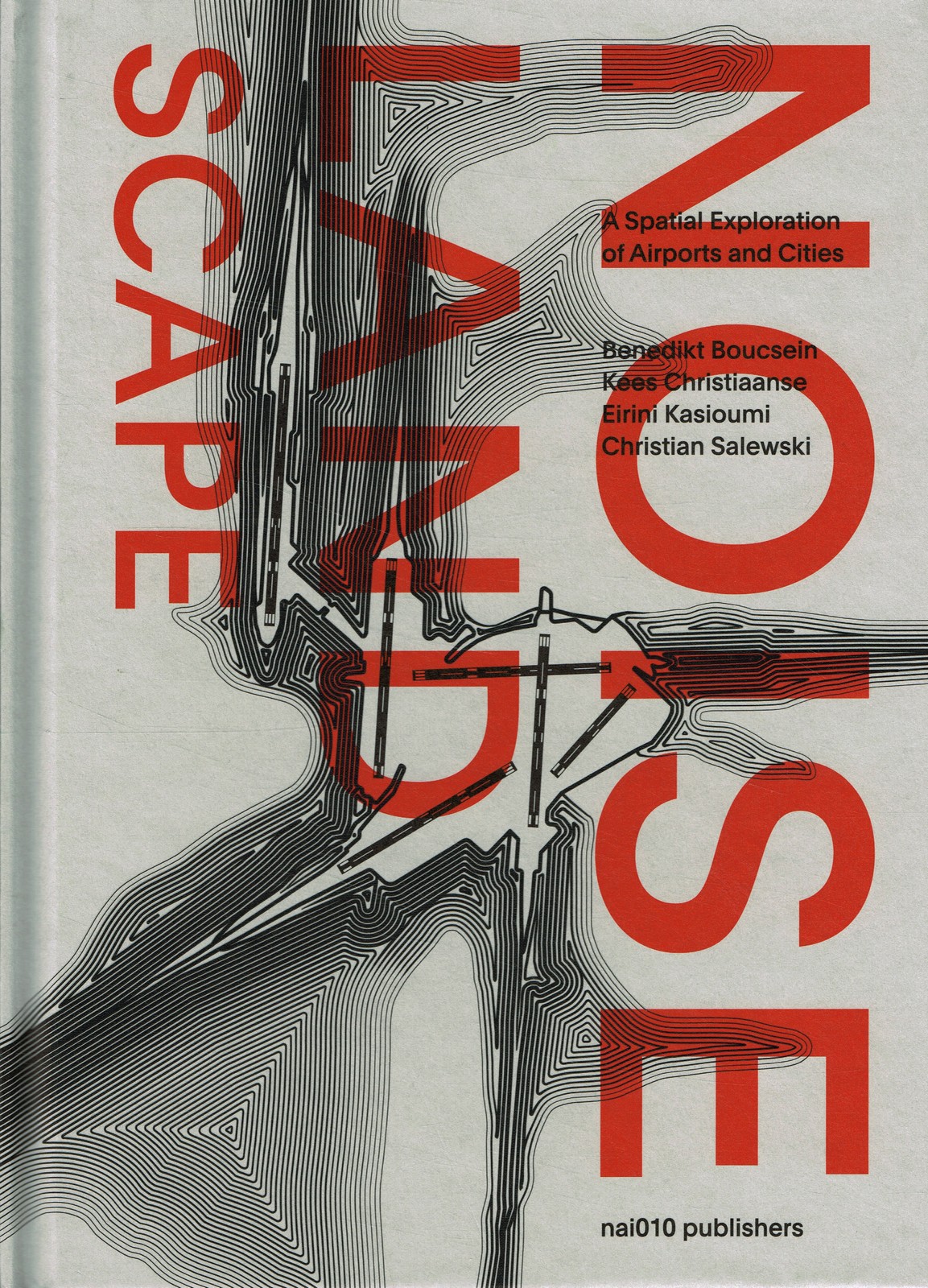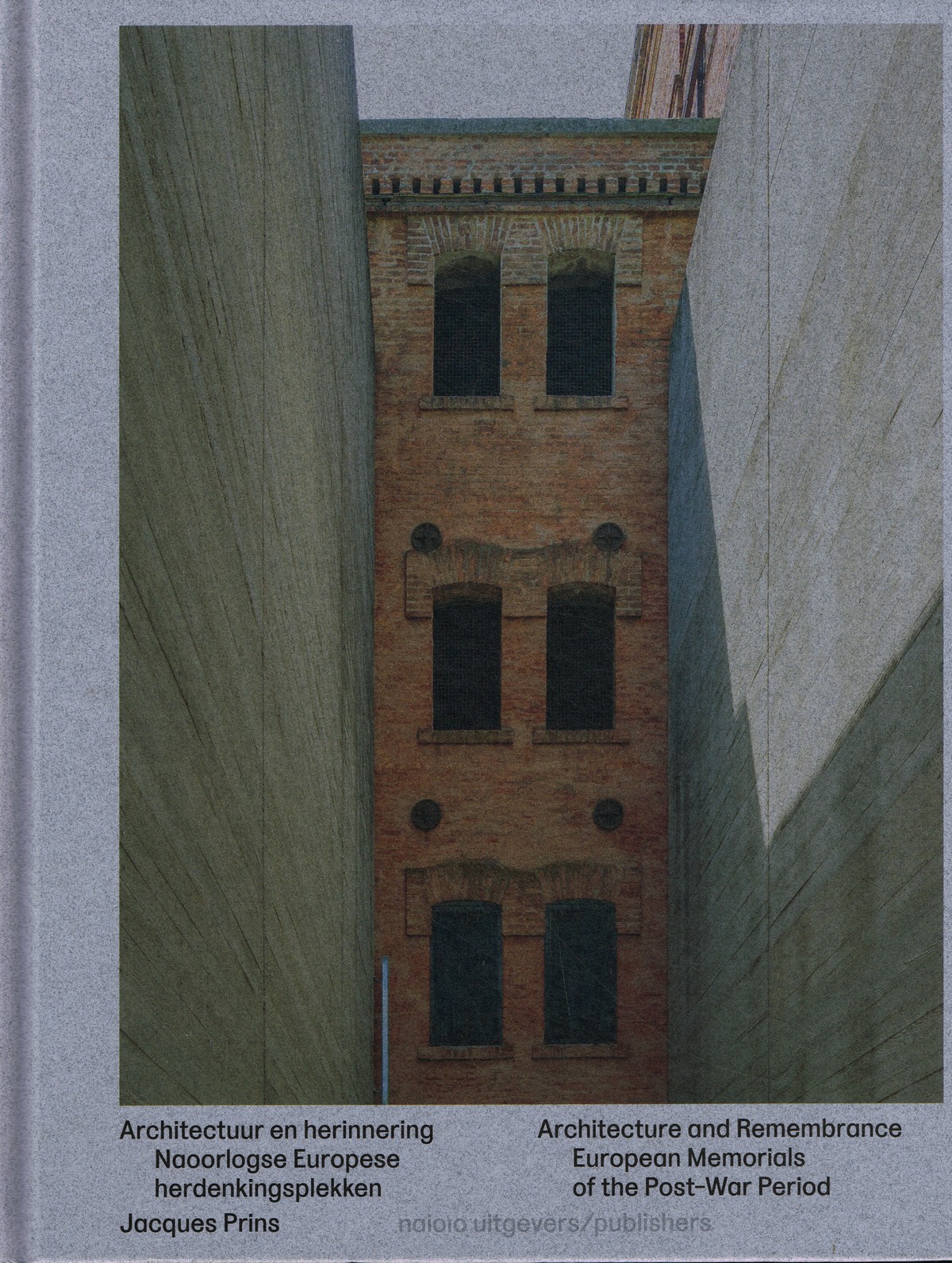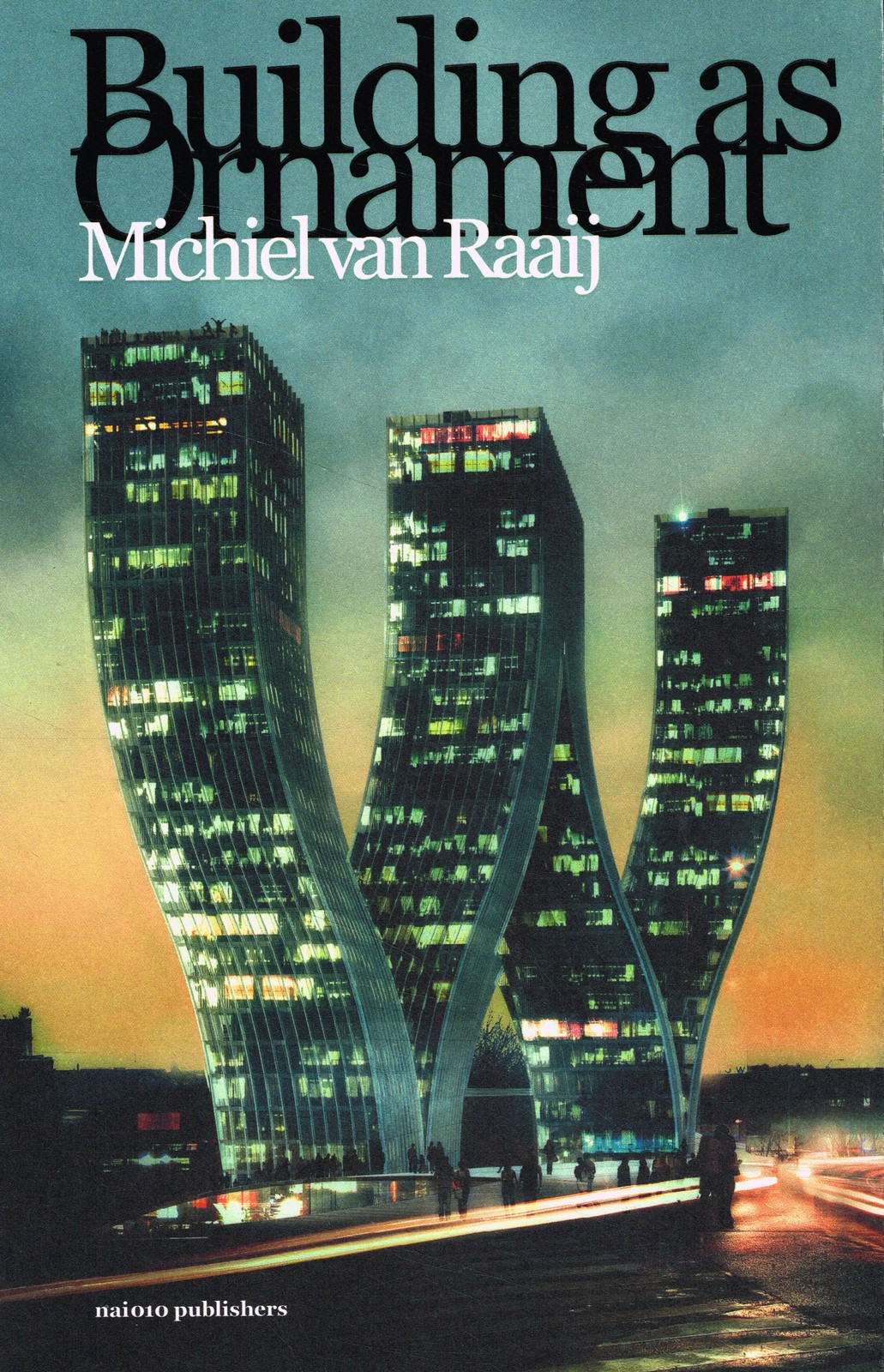Terug/Home/Webwinkel ramsj.nl /Kunst/Architectuur/The Noise Landscape
Benedikt Boucsein
The Noise Landscape
A Spatial Exploration of Airports and Cities
Oorspronkelijke prijs was: € 55,00.€ 15,00Huidige prijs is: € 15,00.
For Englishe see below – De wijde omgeving van grote luchthavens, die te maken krijgt met geluidsoverlast, extra infrastructuur en tijdelijke vormen van architectuur, is tot op heden nog nooit onderzocht als een samenhangend fenomeen. Maar dergelijke geluidslandschappen zijn wereldwijd in opkomst. Hun afmetingen overtreffen in veel gevallen die van naburige steden en steken die in termen van economisch belang soms naar de kroon. Aan de hand van acht Europese praktijkgevallen (Amsterdam, Zürich, Londen-Heathrow, Frankfurt, München, Madrid en de twee Parijse luchthavens) doet ‘The Noise Landschape’ voor het eerst verslag van de wijze waarop deze landschappen tot stand komen als de uitkomst van technologische bepalingen, wat erin plaatsvindt en hoe ze kunnen worden geïnterpreteerd.- The wider environment of large airports, which is confronted with noise pollution, additional infrastructure and temporary forms of architecture, has never been investigated as a coherent phenomenon. But such soundscapes are emerging worldwide. Their sizes in many cases exceed those of neighboring cities and sometimes rival them in terms of economic importance. Based on eight European practical cases (Amsterdam, Zurich, London Heathrow, Frankfurt, Munich, Madrid and the two Parisian airports), ‘The Noise Landscape’ reports for the first time on how these landscapes are created as the outcome of technological provisions, what takes place in them and how they can be interpreted. Engelstalig boek






